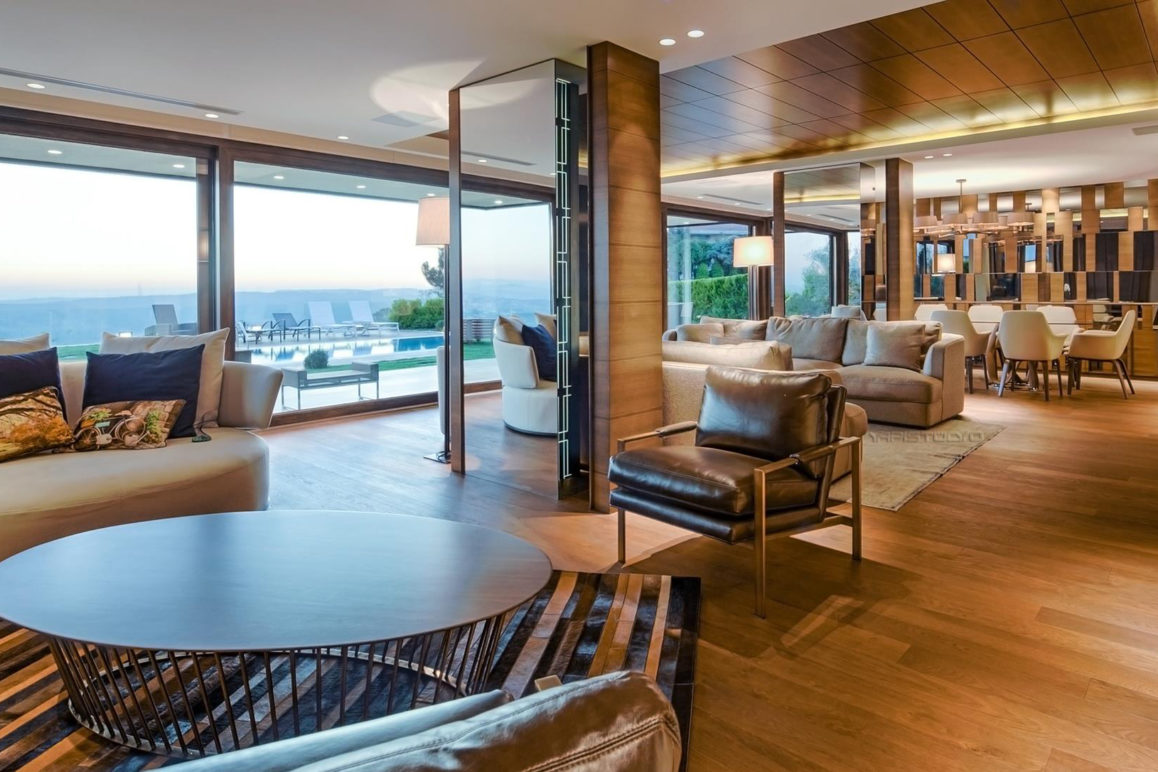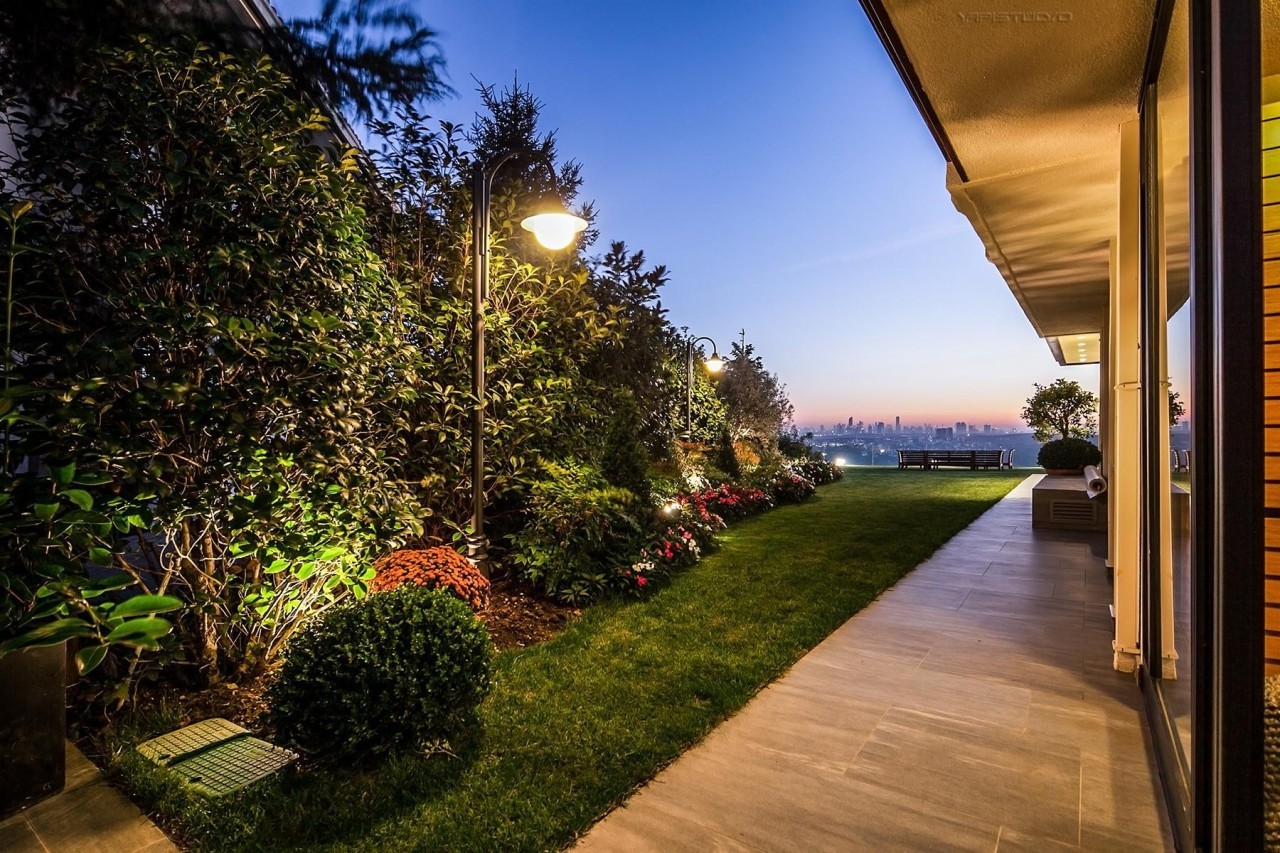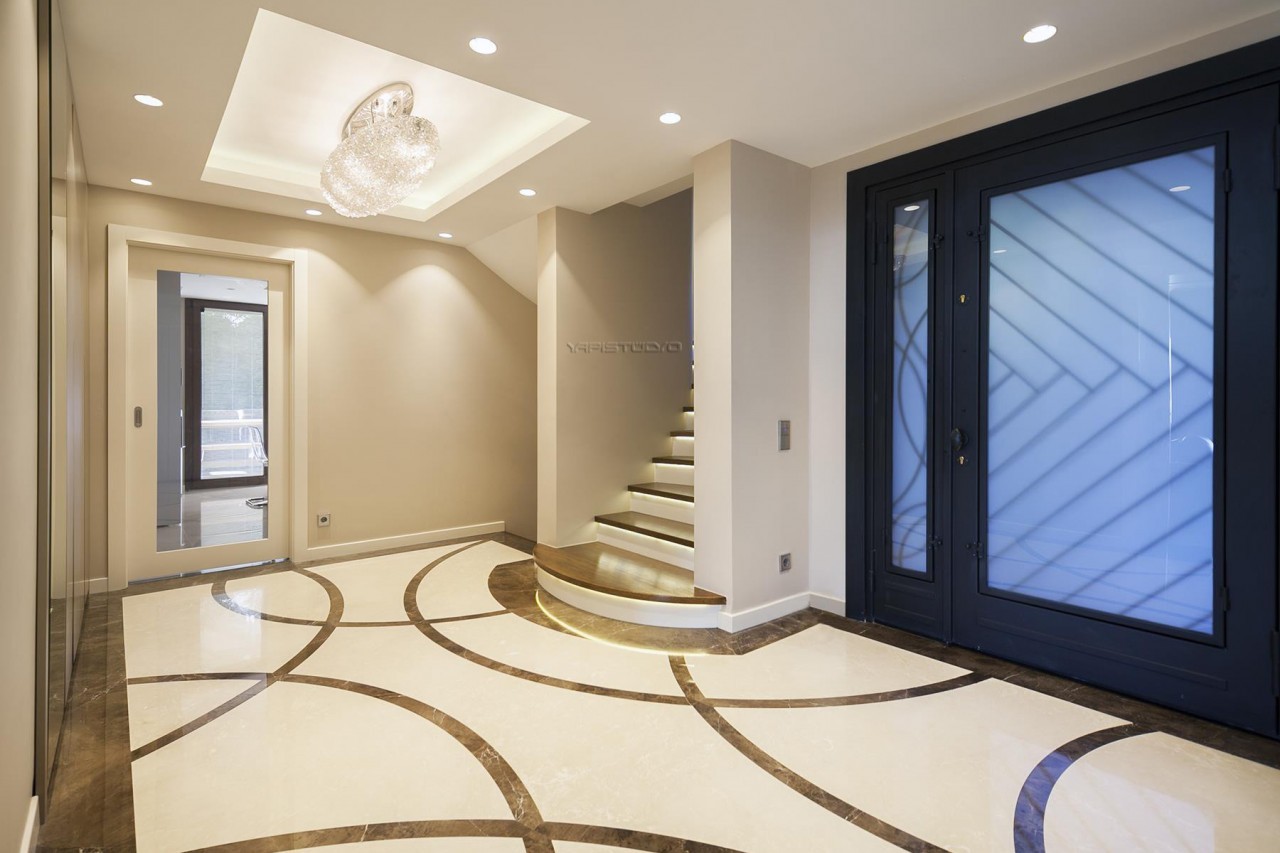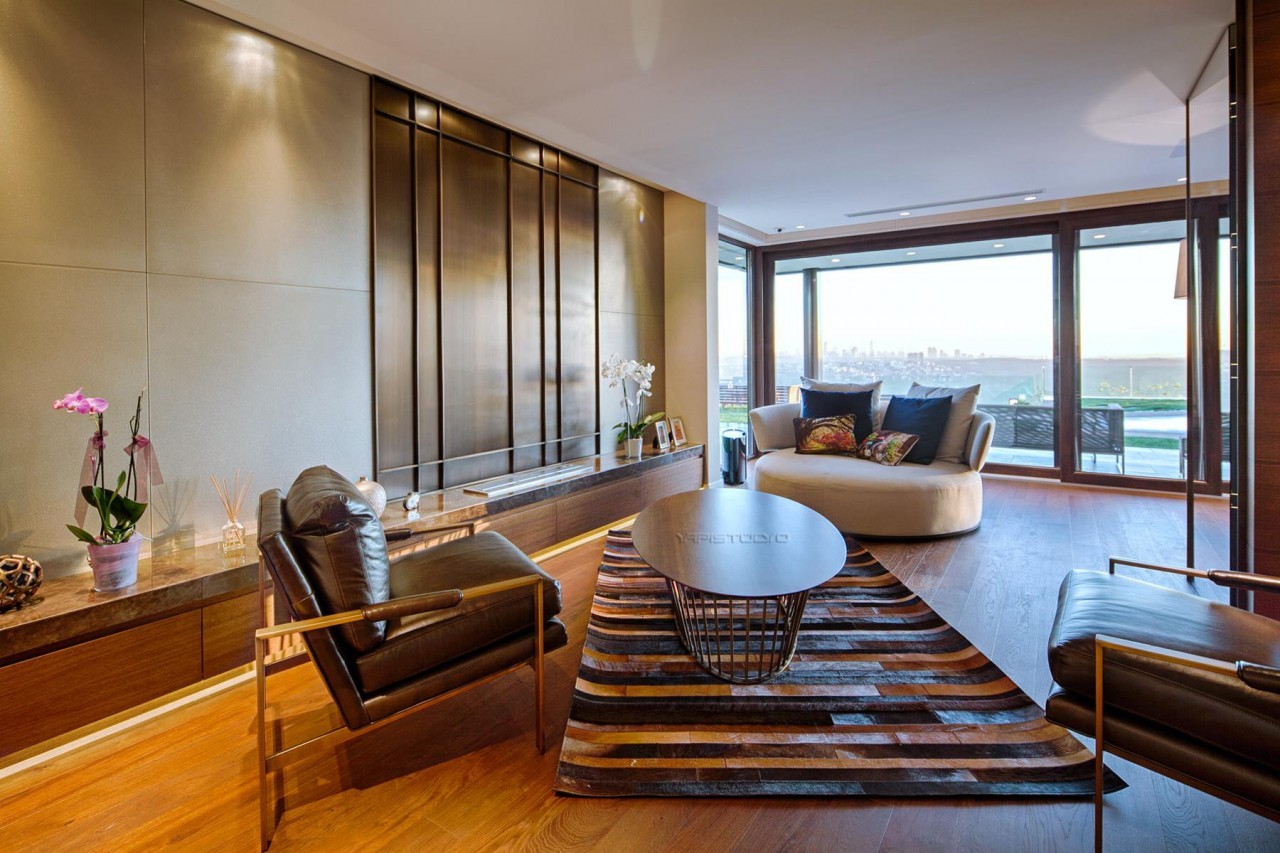A small living room is one of the most common spatial challenges of city life. Living in this type of space presents a unique set of challenges, both practical and aesthetic. The advantages of living in a small space are many: less cleaning and maintenance, lower energy costs and a more intimate living space. However, to maximize these benefits, it is essential to apply the right decorating strategies. This guide will walk you through how to create a stylish and functional living room by using tight spaces wisely.
Color and Light Usage
When decorating a small living room, the use of color and light greatly affects the perceived spaciousness and atmosphere of the space. When used correctly, these two elements can make a limited space more airy and inviting..
The Power of Light Colors: Light colors reflect light, making the space look more spacious and airy. White, light gray, cream or pastel shades are ideal for walls. These colors maximize natural light and make narrow spaces look more spacious. If you want to add some color, painting a single wall in a light color or using colorful decorative objects can be a good choice.
Maximizing Natural Light: Natural light is the key to making a small space look bigger and more vibrant. Keep the curtains as light and sheer as possible to let daylight in. If your window options are limited, you can increase the circulation of light in the room by strategically placing mirrors.
Artificial Lighting: If natural light is not enough, you can compensate with artificial lighting. Recessed lights and wall-mounted lamps save space and create a modern look. In addition, adjustable lighting allows you to change the environment at different times and according to needs. For example, warmer and softer lighting in the evening can create a cozy atmosphere.
Color and Light Balance: It is important to strike a balance between the overall color and lighting of your living room. A room that is too light-colored can be tiring on the eyes when over-lit, so it is important to balance light intensity and color tones.
With these strategies, you can ensure that a small living room has an attractive and inviting atmosphere both during daylight and evening hours. Since color and light greatly influence the overall feel and usability of the space, it is important to think carefully about these two elements..
Furniture and Arrangement
Furniture selection and layout in the decoration of a small living room are the main elements that determine the functionality and aesthetics of the space. Smart furniture choices and strategic arrangements ensure that even narrow spaces offer maximum comfort and style.
Functional Furniture: Multi-purpose and foldable furniture is ideal for small spaces. For example, a sofa that converts into a bed serves as a living room during the day while providing sleeping space for your guests. Foldable or expandable dining tables can change size as needed, saving space and being functional. Additionally, coffee tables and seats with storage space underneath create extra storage space.
Vertical Space Use: To save space, use walls for storage and decoration purposes. Floating shelves, bookcases, and wall-mounted cabinets provide much-needed storage without taking up floor space. Wall units help you keep your TV and other media equipment organized while also enhancing the aesthetic appearance of the room.
Separating the Space: For open-plan living rooms, it is important to create different ‘zones’. You can use bookcases, screens or even a rug to separate one area from another. This creates a visually interesting space while also making each section functional on its own.
Low and Simple Furniture: Avoid heavy and bulky furniture. Lower and simpler designed pieces help the room appear larger. For example, armchairs and tables with slim legs give a lighter, airier feel.
Strategic Placement: Placing furniture around the perimeter of the room, leaving an open space in the middle, gives the room a larger feel. Additionally, leaving windows open allows natural light to brighten the room.
Decoration and Accessories
The choice of decoration and accessories determines the character and style of a small living room. These elements are the keys to personalizing the space and bringing it to life.
- Use of Mirrors: Mirrors are one of the most effective ways to optically expand small spaces. A large wall mirror increases the depth of the room and reflects more light. At the same time, you can use mirror frames as a decorative element by choosing them according to your decoration style.
- Artworks and Wall Decorations:Hanging artworks or framed photographs on your walls is a great way to reflect your personal tastes. However, avoid using too large or too many paintings in a small space. Instead, you can maintain the balance of the room by choosing a few small or medium-sized pieces.
- Plants and Greenery:Small indoor plants add freshness and color to the space. Potted plants, desktop plants or hanging plants won’t take up much space while adding a natural touch. Additionally, plants also help improve air quality.
- Decorative Accessories: Accessories such as decorative pillows, stylish vases or small figurines are easy ways to add personality to your living room. However, it is important not to overdo it. A minimalist approach avoids clutter and adds an air of sophistication to the space.
- Lighting Accessories:Layered lighting enhances the atmosphere of a small living room. Table lamps, floor lamps or wall sconces focus on different parts of the room, creating a warm and inviting atmosphere. Additionally, decorative lamp shades and stylish lighting fixtures serve as part of the decoration.
- Textile Choices:Curtains, carpets and other textiles affect the overall atmosphere of the room. Light-colored and lightweight fabrics make the space look larger and brighter. When choosing carpets, carpets in sizes appropriate to the size of the room should be preferred; Too large carpets can narrow the space.
Decorating a small living room requires creativity and strategic thinking. The right use of colours, light, furniture and accessories can maximize the potential of limited space. The tips covered in this guide can help you transform a small living room into a space that is both functional and aesthetically rich. By adding light colors, multi-purpose furniture, clever storage solutions and personal touches, you can turn this small space into your own sanctuary. Remember, small spaces offer big opportunities. By using your creativity and taking these suggestions into consideration, you can make a big impact in your small living room.




